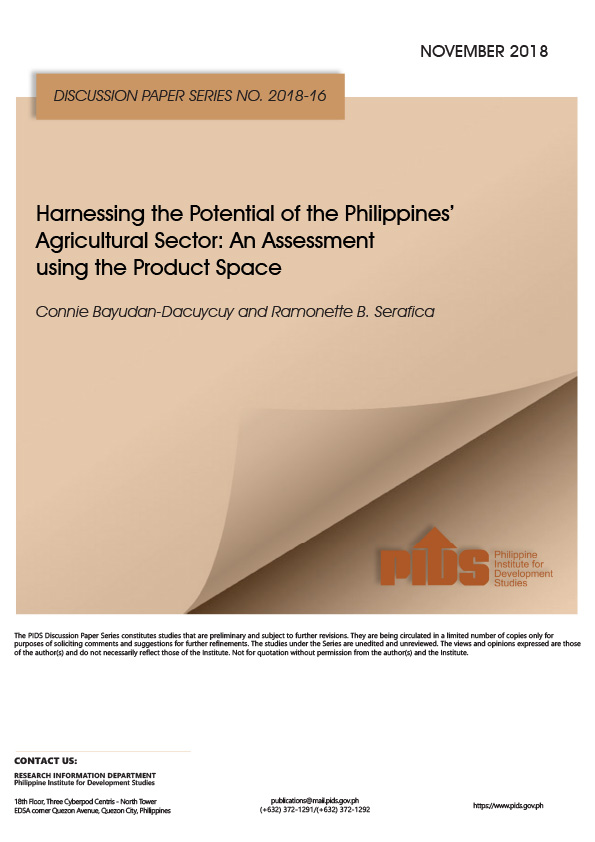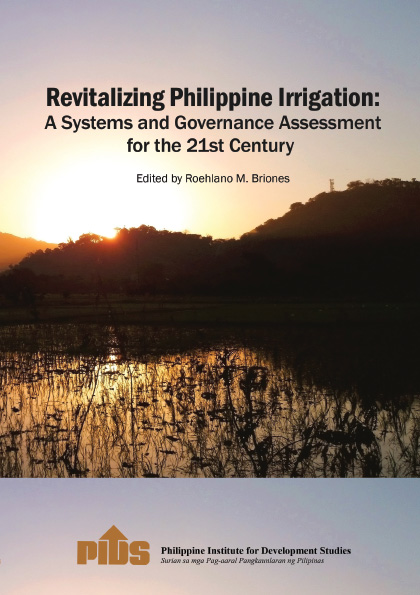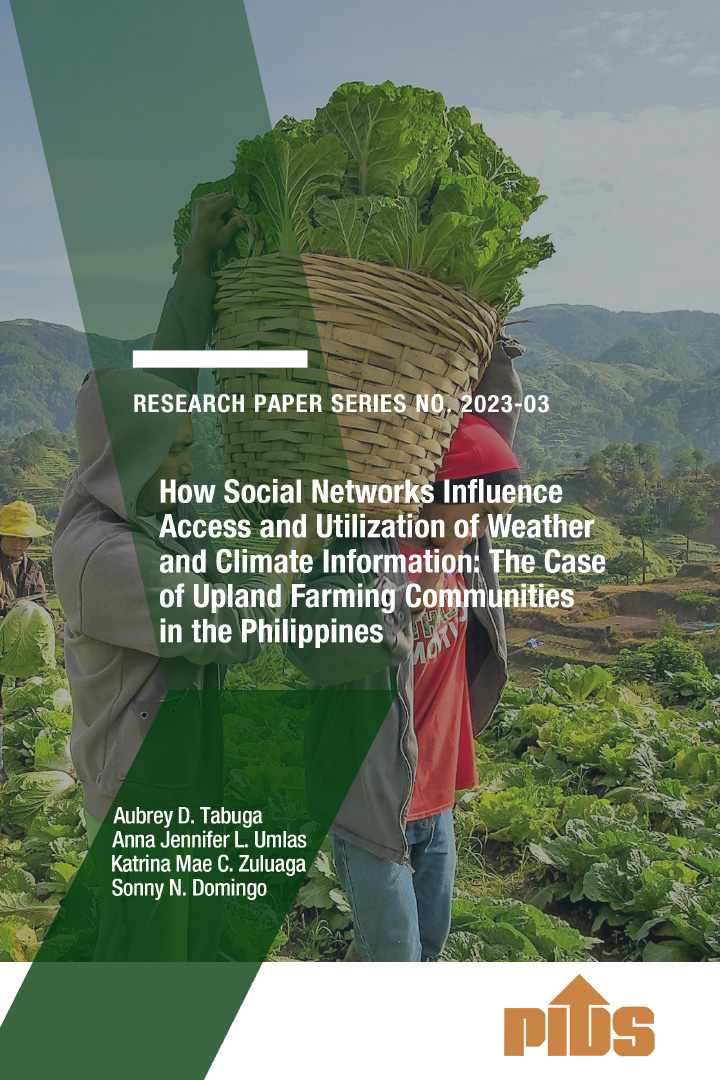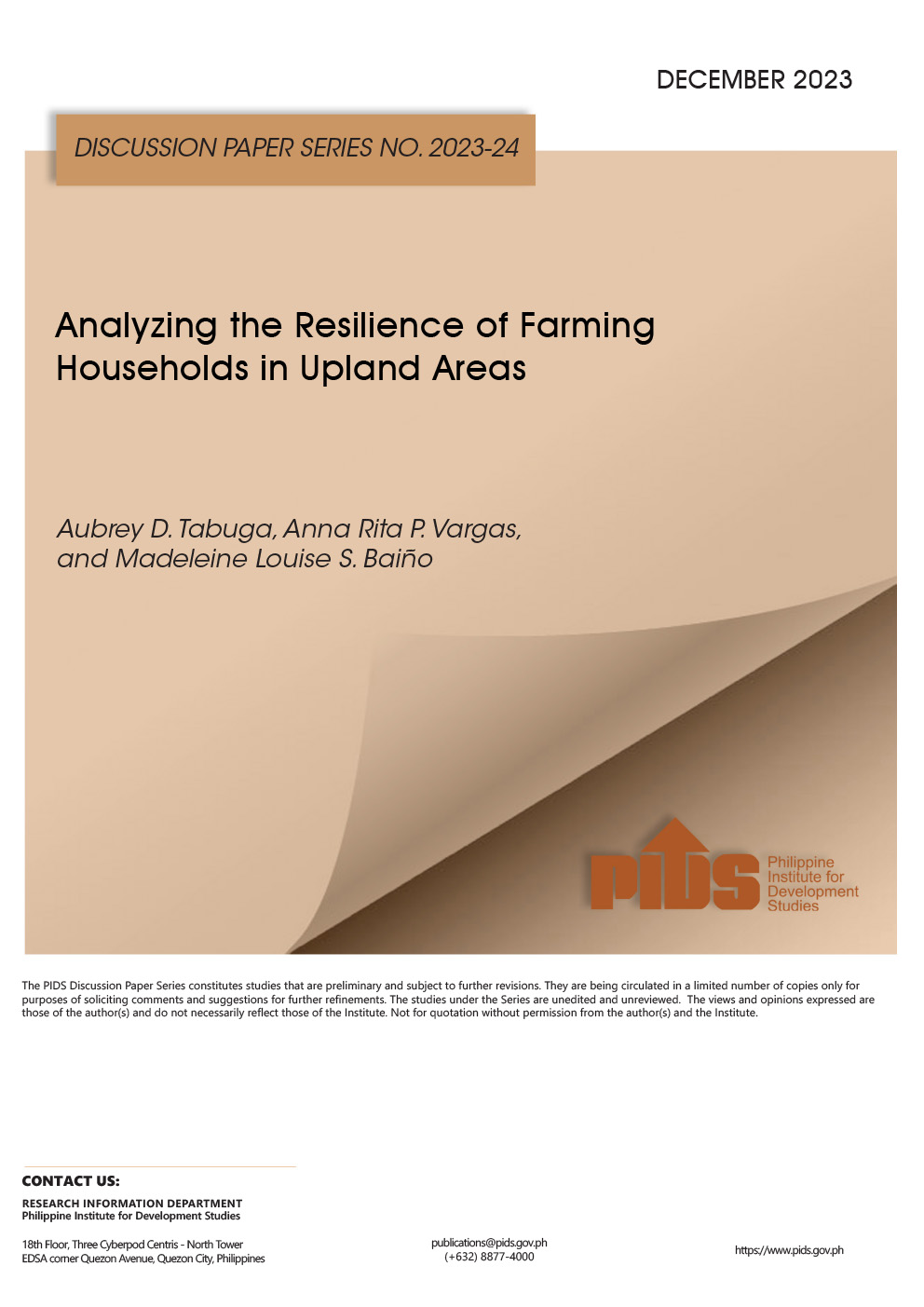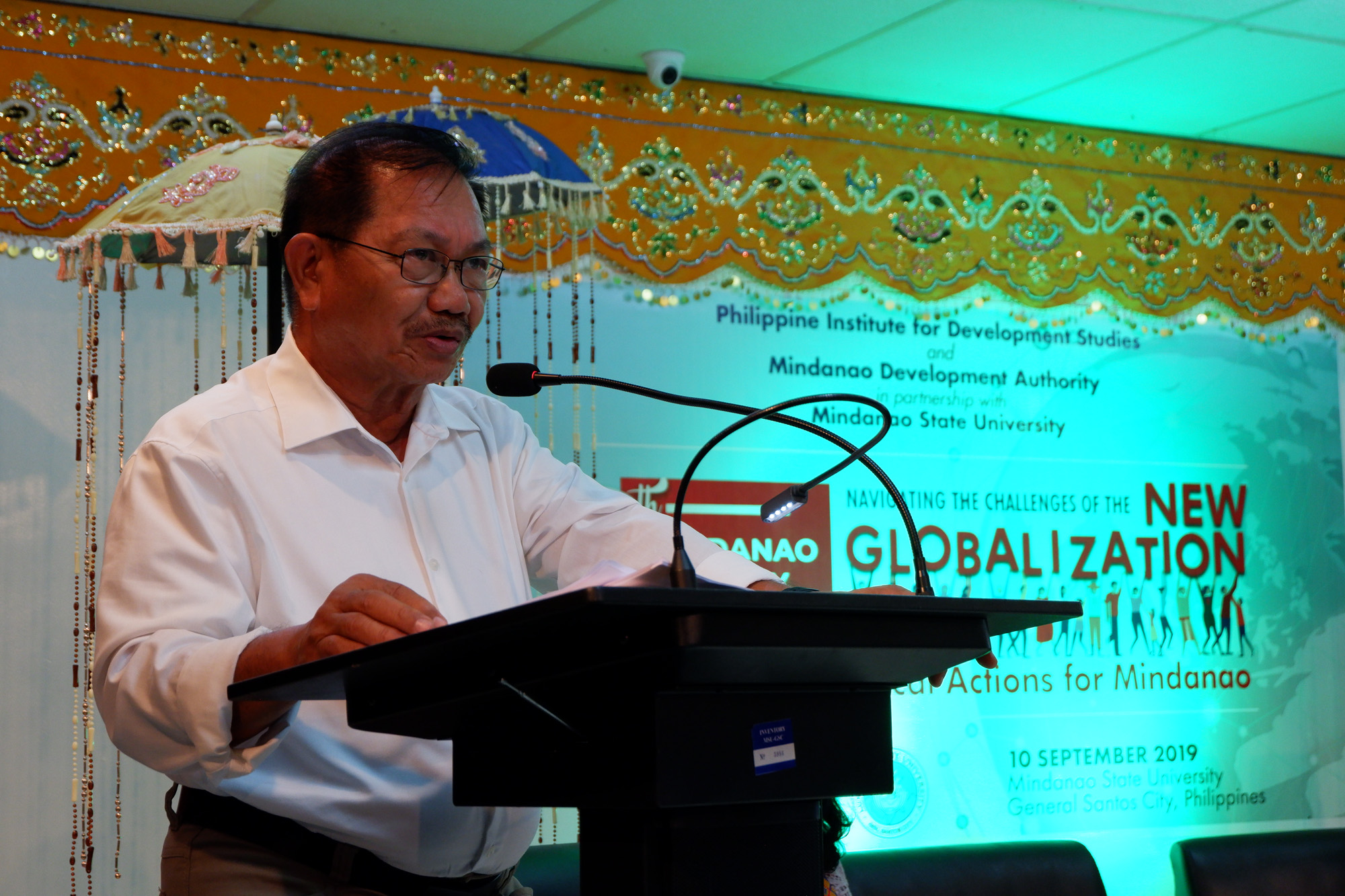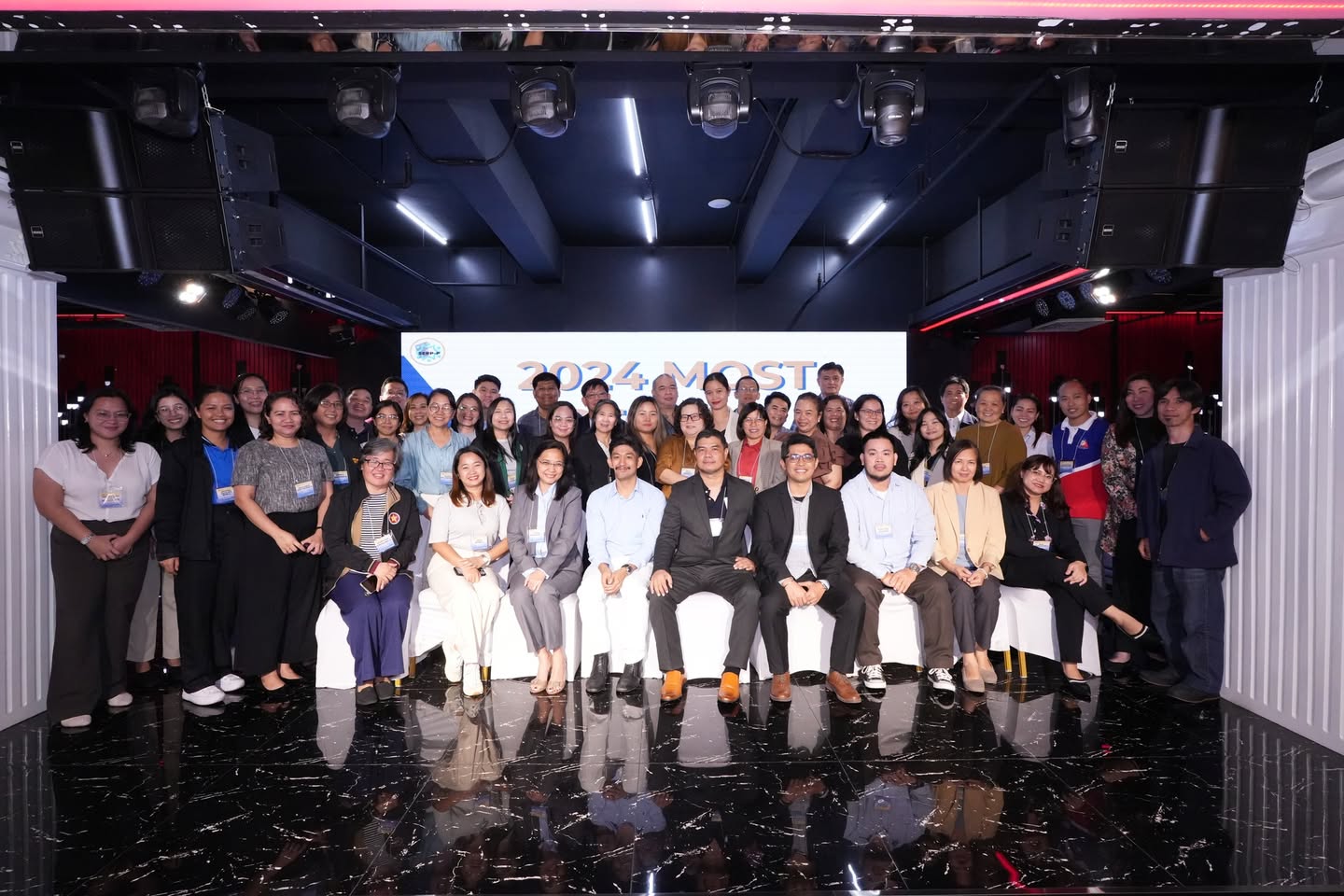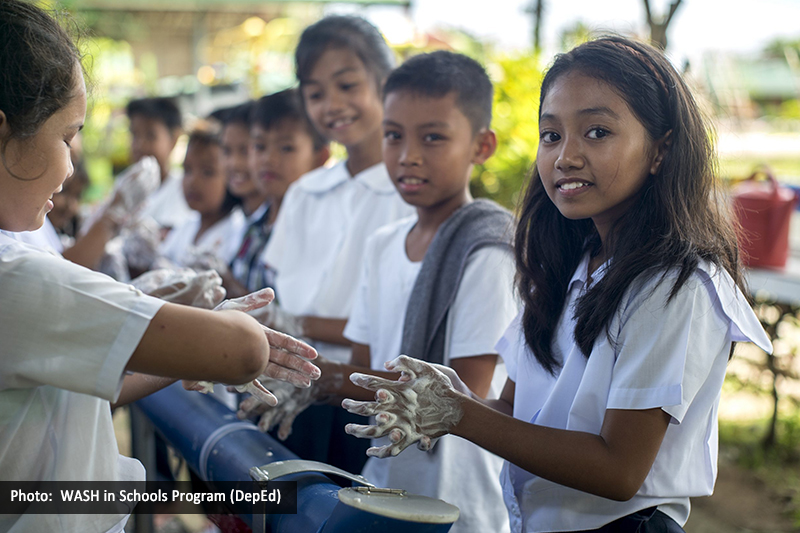This paper analyzes the prospects of the country's agricultural sector to evolve into a high value-added sector. In particular, the paper identifies the country’s agricultural exports that have forward linkages to other high value-adding agricultural products. To do this, the study uses some metrics from the product space and maps the country's current agricultural exports to products that can be pursued in the short-, medium-, and long-run diversification strategies. This paper finds that the sophistication content of the Philippines' agricultural exports from 1994 to 2014 has not improved. Despite this, the country can diversify into processed agricultural goods, which have sophistication content relatively higher than that of primary agricultural products, such as fresh fruits. This indicates that developing the agro-processing industry appears to be a good strategy in harnessing the potential of the agricultural sector to contribute to sustainable economic growth and decent employment. While this portends good news, this also presents challenges on how the country's agricultural sector can transform into a high value-added sector. The transformation will definitely not happen overnight and deliberate steps toward the goal are necessary. To this end, the paper offers broad strategies that the country can pursue to realize the actual linkages of the agricultural sector to more advanced and sophisticated industries.

